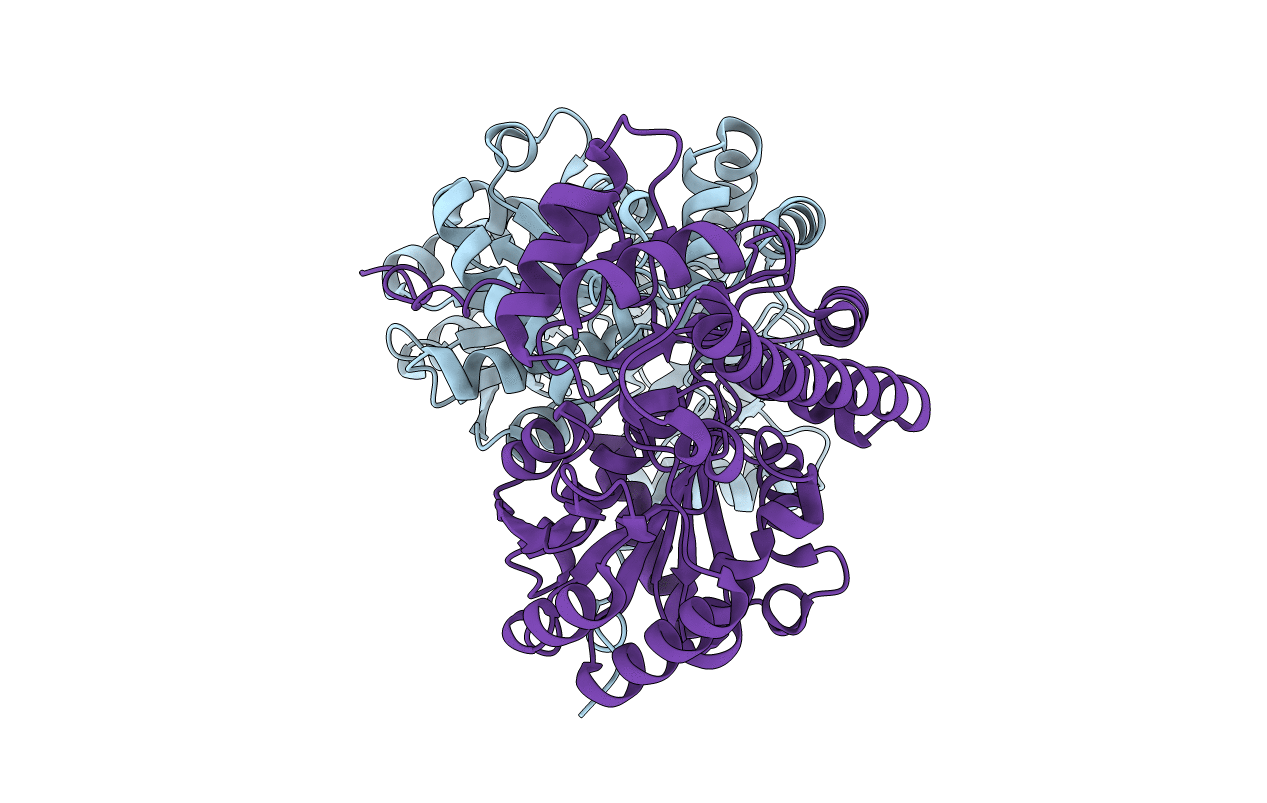
Deposition Date
2012-05-13
Release Date
2013-02-13
Last Version Date
2025-03-26
Entry Detail
PDB ID:
4F5G
Keywords:
Title:
Rational Design and Directed Evolution of E. coli Apartate Aminotransferase to Tyrosine Aminotransferase: Mutant P2.
Biological Source:
Source Organism:
Escherichia coli (Taxon ID: 83333)
Host Organism:
Method Details:
Experimental Method:
Resolution:
1.67 Å
R-Value Free:
0.19
R-Value Work:
0.16
R-Value Observed:
0.16
Space Group:
P 21 21 21


